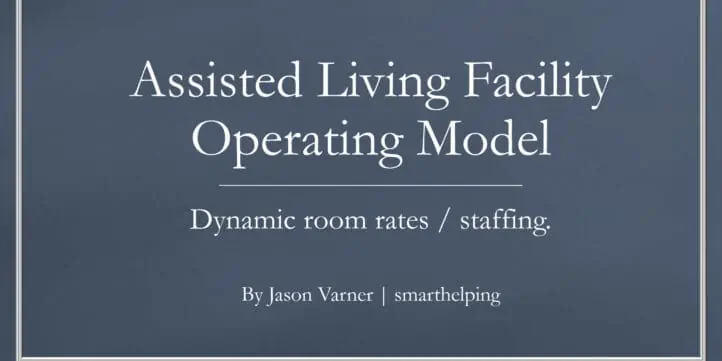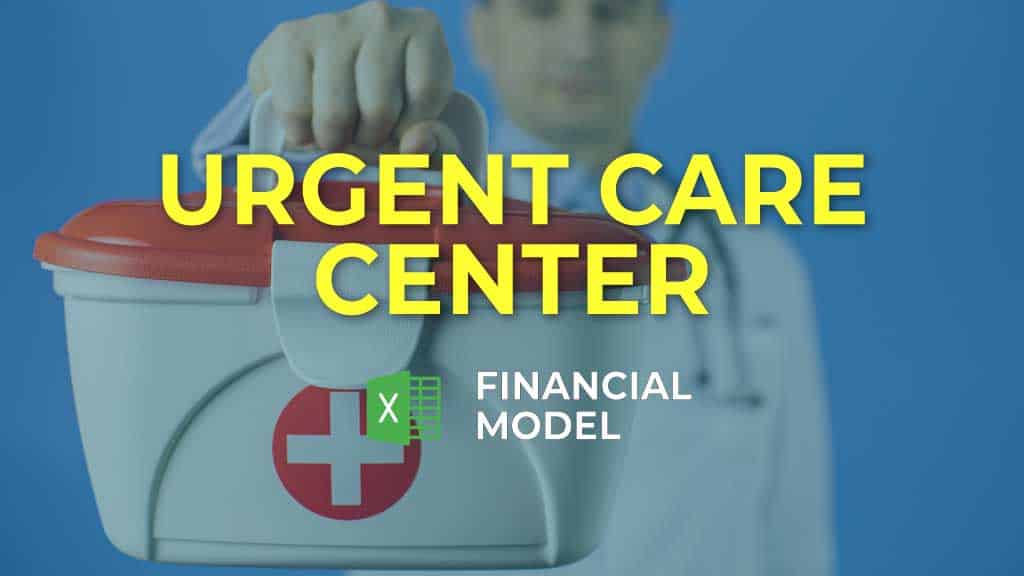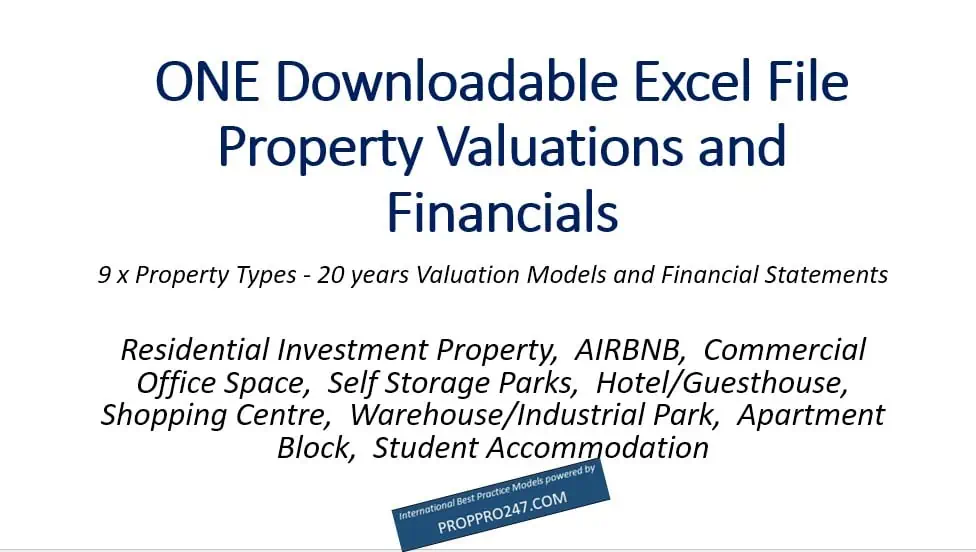Assisted Living Facility: 10 Year Financial Model
Full stack financial model, including financial statement outputs, cap table, and bottom-up assumptions specific to an assisted living facility, nursing home, or hospital.

Video Tutorial:
Recent Upgrade: On the initial acquisition / development / construction cost schedule the user can now define if each row is subject to debt financing or not and the percentage financed. This still flows into a construction loan with interest-only options and then to a p+i. Also, updated the staffing and other fixed costs schedules so that if operations take longer than 12 months to begin, the starting year cost amount pulls from the initial cost instead of increasing by the yearly growth rate.
My wife worked in an assisted living facility for a bit, and her insight was integral to building the bottom-up assumptions for this financial model. The revenue and expense assumptions are a good fit for any type of assisted living facility, nursing home, or general care home. Build a complete financial simulation for up to 10 years that includes cash flow forecasting, equity requirements over time, and potential returns (IRR/equity multiple/NPV). The user can test out various room rates and staffing costs, and see what is feasible / plan out best or worst-case scenarios, and more.
Initial Development / Acquisition
– Monthly schedule for the initial purchase price of the facility and/or construction and development costs
– Up to 6 schedules with 20 slots each in order to make it easy to break down costs by type
– A percentage of these costs can be defined as financed through the construction loan vs. equity
For Revenue:
– Up to 5 room types
– Each room type has an up-charge depending on the ‘tier of care’
– Up to 6 tiers of care are applied to each room type (so 30 unique room type monthly rent rates)
– Define the count of rooms for each room type / tier of care combination
– Define the base room rate rent and the upcharge rent for each tier of care
– Define the average annual increase in room rates
For Expenses:
– Granular staffing assumptions for an in-house team, therapy team, and their rates
– An area for outsourced therapy teams and their rates, as well as outsourced professionals and their fees
– Plenty of slots for all areas, and they are defined as base salary / rate, count, payroll taxes/benefits percentage
– A separate annual increase in costs for in-house vs. outsourced staffing
Output Reports:
– Three statement model (monthly and annual income statement, balance sheet, and cash flow statement
– Annual Executive Summary
– DCF Analysis and Contribution / Distribution summary by month (IRRs converted from monthly to annual)
– Cash Flow waterfall with joint venture logic (IRR Hurdles)
– Cap Table with monthly contribution/distribution summary and IRR per funding round/investment
– Lots of nice visualizations
The nature of this financial model is sort of a mix between a traditional real estate operator and a general startup business. I put the debt structure in as having an option for an interest-only construction loan (which can accrue interest), terms for p+i, and an option for a refi as well. There is an annual DSCR (debt service coverage ratio) displayed.
Terminal value based on trailing 12-month EBITDA multiple.
This is a comprehensive financial template with a wide range of flexibility for all sorts of use cases. There is an entire section for sanity checks that make sure all the cash flow details and financial statements are balanced with each other.
Similar Products
Other customers were also interested in...
HOSPITAL Financial Model Template
A comprehensive and customizable financial template that captures all the key aspects of the hospita... Read more
Medical Practice Financial Model Excel Template
Check Our Medical Practice Financial Projection. Simple-to-use yet very sophisticated planning tool.... Read more
General Hospital Financial Model (Development, Ope...
A hospital represents one of the few business opportunities that give you the ability to save lives ... Read more
Public-Private Partnership (PPP) Financial Model
Financial Model presenting development and operating scenarios of various projects under a Public-Pr... Read more
Ophthalmology Financial Model Excel Template
Download Ophthalmic Center Pro Forma Projection. Creates a financial summary formatted for your Pitc... Read more
General Hospital Financial Model
General Hospital Financial Model consists of a financial model related to the start-up and operation... Read more
Clinic Financial Model Excel Template
Shop Clinic Financial Plan. Create fully-integrated financial projection for 5 years. With 3 way fin... Read more
Urgent Care Center Financial Model Excel Template
Buy Urgent Care Center Pro Forma Projection. Sources & Uses, Profit & Loss, Cash Flow statem... Read more
Discounted Big Bundle Real Estate Valuation and Fi...
One Excel file for this bundle of Valuation and Financial forecasting models. Storage Parks, Hotels,... Read more
Outpatient Clinic Financial Model Excel Template
Shop Outpatient Clinic Financial Model Template. Enhance your pitches and impress potential investor... Read more
You must log in to submit a review.

























